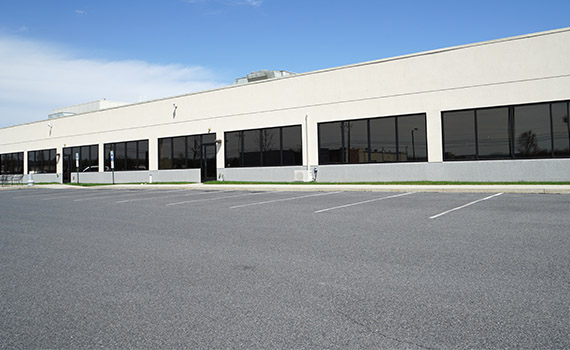BIG BOXES FOR LANDLORDS
If you are a landlord with a “big box” retailer such as Home Depot or Costco looking to lease property from you, here are four key points to look out for:
Use
- Landlord wants the use to be narrow and limited, and permit no other uses than specified; tenant, wants the opposite. Sometimes resolved by distinguishing between “principal” and “ancillary” uses, and then spelling out what’s meant by “principal” and “ancillary”: often this is based on based on square footage used or sales volume. Often Tenant’s use is tied to uses in majority of its other stores in specified area.
- Tenant typically has a big space to fill and to use profitably, and over a long period: tenant looks to maximize its flexibility to meet changing markets and demand. Who, years ago, would have imagined drug stores selling food or food stores selling drugs and clothing?
- But there’s a further reason: the careful tenant is keeping an eye out for an exit strategy if, down the road, it has to, or wants to, get out of the location: Tenant wants to maximize its opportunity to assign or sublet to a wide range of operators who can work with the use clause without having to get it amended.
- As landlord, be careful to ensure that the use clause of a proposed big box tenant is not off-side any current or anticipated exclusives of other stores in the power centre.
Exclusivity
- As with many lease issues, landlord and tenant start at different ends of the spectrum. Landlord wants to avoid or limit exclusives and the resulting restrictions on landlord’s use of its centre (especially if landlord is not participating in tenant’s upside by getting percentage rent). Tenant wants a wide protection.
- As Landlord:
- limit exclusive use to a principal use of Tenant and, if possible, to only part of the principal use; and
- make it a condition that Tenant be open for business and not in default; and try to limit exclusives to only the current Tenant (and perhaps its affiliates) but not assignees or subtenants.
- Deal expressly with any “shadow anchors” (i.e., stores on their own land but that are connected with the centre or appear to be). Landlord may have limited control over them and should be clear about them with Tenant seeking or relying on an exclusive on whether, or how, the exclusive applies to the shadow anchor.
Continuous Operation (aka Operating Covenant)
- Big issue for both Landlord and Tenant, especially in these pandemic times: Landlord needs Tenants who are open for business, especially if percentage rent being paid, but even if not, because a dark store can lead to a dark centre, which in turn may devastate the market value of the centre and perhaps lead to trouble with financing (i.e., both getting financing and staying on-side financial and operating covenants).
- Landlord must avoid domino effect of a store going dark: other big boxes or anchor tenants may in their leases have a right to go dark or terminate if its neighbours do.
- Going dark clauses are not uncommon, but Landlord will want to:
- make clause not take effect until significant period has passed (at least 5 years);
- extract a compensation payment; and
- have a recapture right (a right to take back the leased premises) so Landlord can exercise more control over the fate of the centre.
Transfer Rights
- Big box Tenant looks to maximize the value of its lease and protect its investment in its premises, often having spent large sums to build and fixture the store.
- Expect big box Tenant to press for broad rights to assign and sublet, and avoid restrictions on change of control. Landlord is coming from opposite direction. Tenant will want, as part of its package of assignment or sublet rights, some rights to change the permitted operating name and some flexibility on the use clause.
- Landlord should try to:
- capture for itself any increased rent received by Tenant (on theory that it represents value of the centre rather than tenant’s business), accepting some exceptions such as: the value of leasehold improvements that Tenant installed and paid for; Tenant’s trade fixtures; and, of course, Tenant’s inventory and other personal property;
- rule out transfers to existing or prospective Tenants in centre (or certain other centres of Landlord); and
- obtain option to terminate (recapture) instead of consenting, though this will be particularly resisted where sale by Tenant of a chain of stores.
- Big box Tenant will press for alteration rights on assignment or sublease in order to enable tenant to assign or sublease to a wider range of prospects. This includes rights: to additional signage; and to change the exterior to allow separate storefronts and separate direct entrances for a subtenant.
For any additional questions, don’t hesitate to contanct Ted Perlmutter Commercial Real Estate Lawyer.

